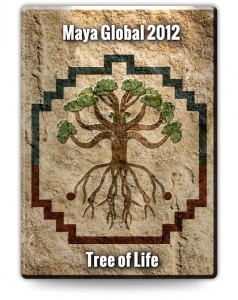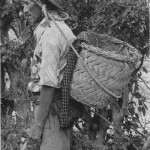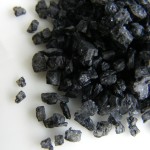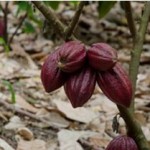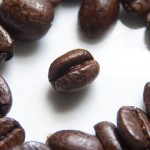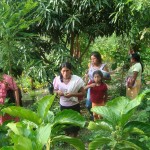This is a cooperative made up of 16 small Maya Associations in the southwestern part of Guatemala. 70% of its members are rural women. They produce a wide range of products from vegetable and chilies to medicinal ointments and soya flour. Founded in 2005, it promotes fair trade and solidarity while supporting its members’ production of honey, marmalades, shampoo, soap and textiles.
Kuchub’al has engaged in a wide variety of efforts to help their members. They produced a documentary film on fair trade and the coffee production chain featuring one of their associations with the aid of some film studies students. They also produced a product catalog of textile products using some of the producers as models to showcase the wares.
The great advantage offered by Kuchub’al is the diversity of crops being grown by members. They are spread out over many geographical areas that represent different elevations, soil types, terrain and climates. This allows for many different crops and trees to be successful. Maya Global anticipates that that Kuchub’al will produce an array of fruit and nut products based on traditional varieties. These have been staples of the Maya diet and culture for many generations. Dried fruits mixed with nuts in varied proportions will make several different healthy snack products.
These new products will join the already impressive list of products currently produced. Each of the small-scale producers is capable of and have a strong desire to expand their volume. Some particular items of interest, in addition to the food products, are their natural lotions, herbal creams and medicines. Claudia Avila is the Director of the cooperative and is very interested in exposing their members to a wider market.
